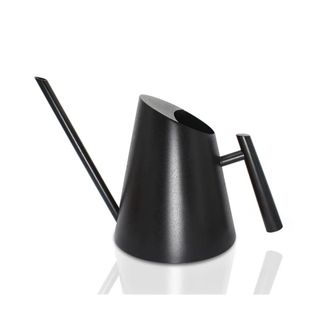7 easy steps to elevate your backyard with a year-round foliage border - 'They add structure and texture!'
You can completely change the look of your garden by creating a beautiful foliage border, and they last year-round
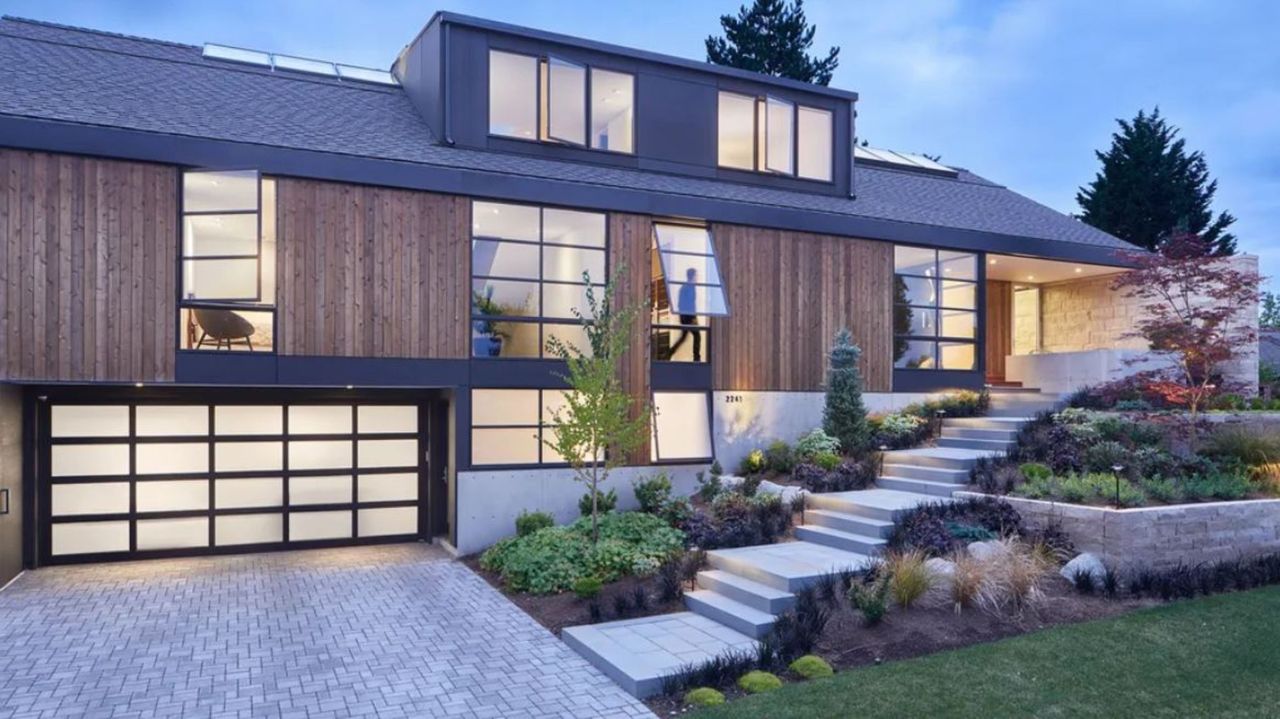
If you’re looking for a way to make your garden look elevated and thought-through, creating a foliage border is the thing for you. It’s a way to add structure and visual interest to your outdoor space, and it’s not that complicated to achieve with a bit of planning ahead.
You'll need to carefully pick the area where you want to place it and make sure the plants you choose are suitable for the natural conditions, but also in terms of aspect and height. It’s best to start with these considerations before planning what plant you’ll place where and getting your tools ready.
Garden experts have shared their step-by-step guide to help you create a perfect foliage border, their tips on what tools to use, and key things to consider to make sure you make the result a success. As far as garden ideas go, this is definitely the thing to try right now for a display that looks good all year round and adds structure and texture to your outdoor space.
1. Plan your border position
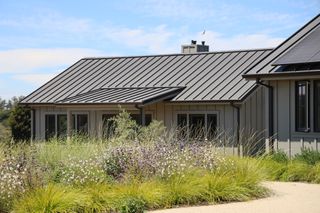
Creating a beautiful foliage border in your front yard takes a bit of planning ahead. ‘First, determine the location for your foliage border,’ advises Gene Caballero, gardening expert at Your Green Pal. ‘Consider the amount of sunlight the area receives as this will influence your plant choices,’ he says. Zahid Adnan, gardening expert at The Plant Bible, agrees and points out that ‘some foliage plants thrive in full sun, while others prefer partial or full shade’ so be mindful of what the conditions of your space are and plan accordingly.
2. Design the Layout
This is the fun bit, and you can get creative here. Treat this step as your wish list of how you’d like the foliage garden border to look, and then work backward to make it happen. ‘Sketch a rough design. Consider the height, color, and texture of plants to create a balanced look. Taller plants should go at the back, medium-height plants in the middle, and shorter plants in the front,’ tells me Gene, while Zahid advises planning the arrangement of plants based on their mature size, ensuring a variety in height for a more dynamic border.
3. Prepare the Soil
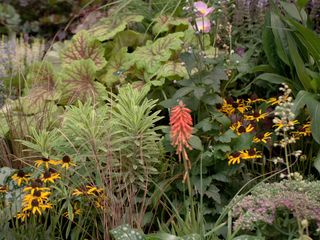
Healthy soil will ensure the longevity of your foliage border in your backyard, so you need to make sure you get this right. Start by clearing the area of any weeds and debris. ‘Test and amend the soil if necessary to ensure it has good drainage and fertility,’ advises Zahid. ‘Most foliage plants prefer well-draining soil rich in organic matter.' Gene tells me it’s important to amend the soil with compost to improve its quality, which is vital for healthy plant growth.
4. Select Your Plants
Now is the time to select your plants. To make sure you make the most of your foliage border and it reaches its potential aesthetically, go for a mix of different leaf textures, shapes, colors, and heights.
‘Evergreens like boxwood or yew provide structure, while plants like hostas and ferns add texture. For color, consider heuchera or Japanese maples,’ advises Gene. 'Choose foliage colors that complement each other and the overall color scheme of your garden,' adds Zahid. 'Mix plants with different leaf textures, such as broad leaves, fine foliage, and grassy blades, to add visual interest.'
Remember to bear in mind the amount of light the area gets, and choose plants that are suitable for the conditions. ‘Consider the time and effort you're willing to invest in the maintenance and select plants that match your desired level of involvement,’ Zahid goes on. ‘Choose a mix of evergreen shrubs and deciduous plants for year-round interest, and incorporate plants with varied seasonal characteristics, ensuring the border remains appealing throughout the year,’ adds the expert.
5. Get the right tools and materials
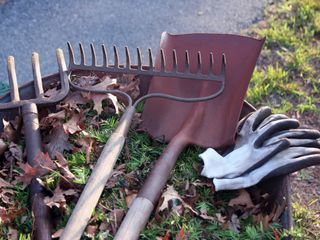
Before you get started, make sure you're kitted out with the right tools to save time further down the line. You'll need all the normal gardening tools (shovel, spade, rake, hoe, gloves, and pruners for maintenance) as well as compost and fertilizer suitable for your chosen plants. Additionally, it's a good idea to mulch your plants for a cleaner look and protect them from frost.
6. Start planting
When planting your chosen foliage, a good tip is to dig individual holes for each plant ‘ensuring they are spaced according to their mature size,’ advises Zahid, adding that it’s important to water the plants thoroughly after planting.
‘Plant your foliage following the layout you designed,’ adds Gene. ‘Dig holes twice the size of the root ball, place the plant in, and backfill with soil,’ he adds. Once you’ve planted your foliage border apply a layer of organic mulch around the plants. ‘This helps retain moisture, suppress weeds, and provides a finished look,’ says the expert.
7. Upkeep your border with the right maintenance
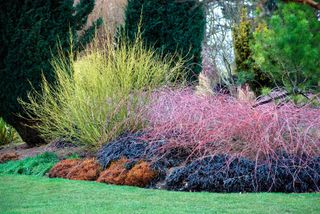
Now all that’s left to do is make sure you take care of your foliage border to ensure its health and longevity. Zahid advises you to make sure you’re doing these things. ‘Firstly, water newly planted foliage regularly until they establish themselves,' he says. Afterward, follow a consistent watering schedule, adjusting for the specific needs of each plant.'
He also advises that you fertilize according to the requirements of your chosen plants. 'Some may need a balanced fertilizer, while others might benefit from a specific formulation,' he adds. 'Lastly, trim and shape the plants as needed to maintain the desired border structure, and remove dead or damaged foliage regularly.'
Be The First To Know
The Livingetc newsletter is your shortcut to the now and the next in home design. Subscribe today to receive a stunning free 200-page book of the best homes from around the world.
Raluca formerly worked at Livingetc.com and is now a contributor with a passion for all things interior and living beautifully. Coming from a background writing and styling shoots for fashion magazines such as Marie Claire Raluca’s love for design started at a very young age when her family’s favourite weekend activity was moving the furniture around the house ‘for fun’. Always happiest in creative environments in her spare time she loves designing mindful spaces and doing colour consultations. She finds the best inspiration in art, nature, and the way we live, and thinks that a home should serve our mental and emotional wellbeing as well as our lifestyle.
-
 These Privacy Screens From QVC Are Just What You Need to Make Any Outdoor Space Feel More Secluded
These Privacy Screens From QVC Are Just What You Need to Make Any Outdoor Space Feel More SecludedYour outdoor space should feel like a secluded sanctuary. With privacy screens from QVC, you can make that happen in the most stylish way possible
By Devin Toolen Published
-
 70s Color Palettes That Work for 2025 — 4 Designer-Approved Color 'Recipes' That Feel Modern Enough for Homes Today
70s Color Palettes That Work for 2025 — 4 Designer-Approved Color 'Recipes' That Feel Modern Enough for Homes TodayIt's time to bring out your paisley print and disco shoes — the golden yellows, olive greens, and deep purples of 70s color palettes are making a comeback
By Olivia Wolfe Published


